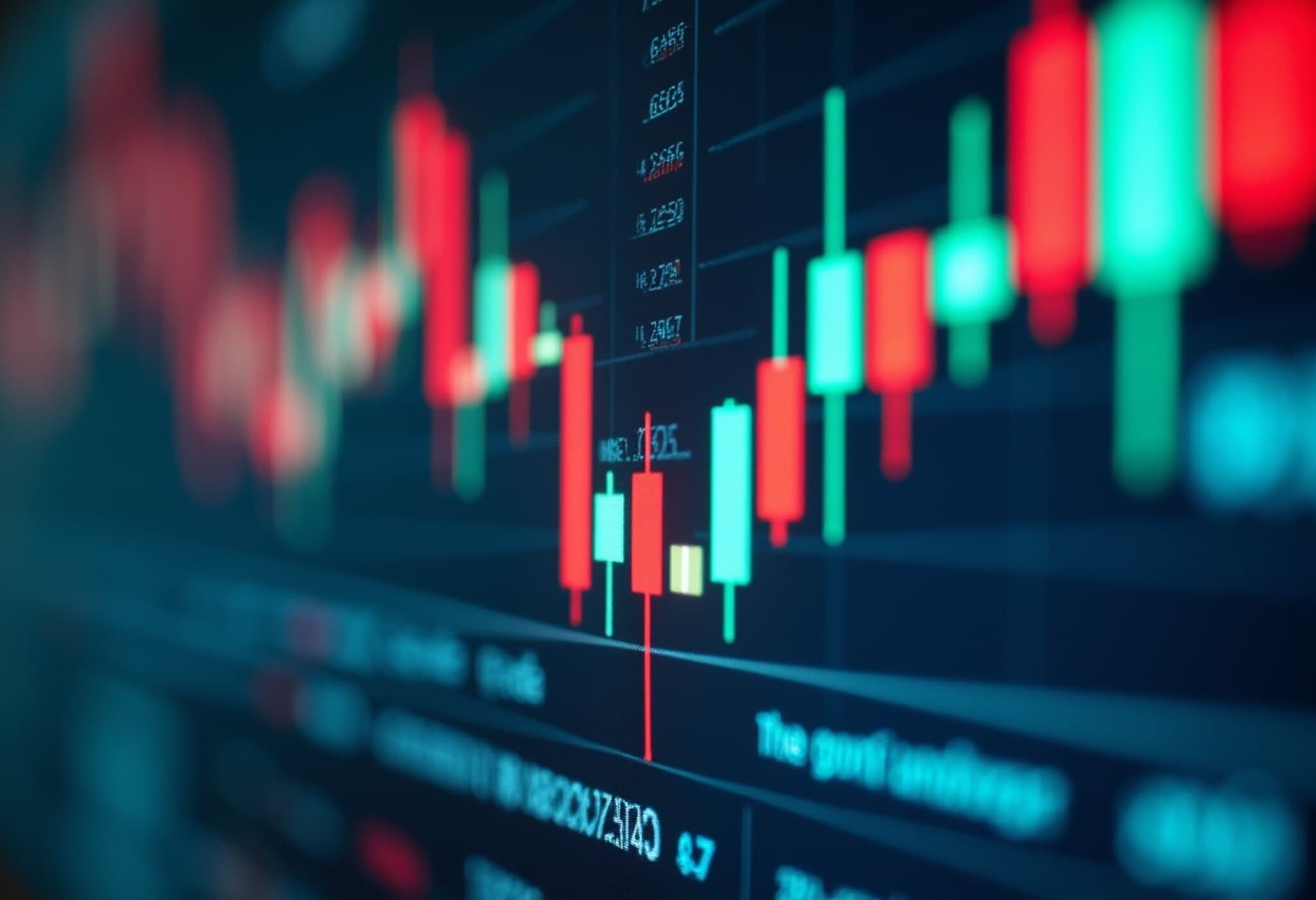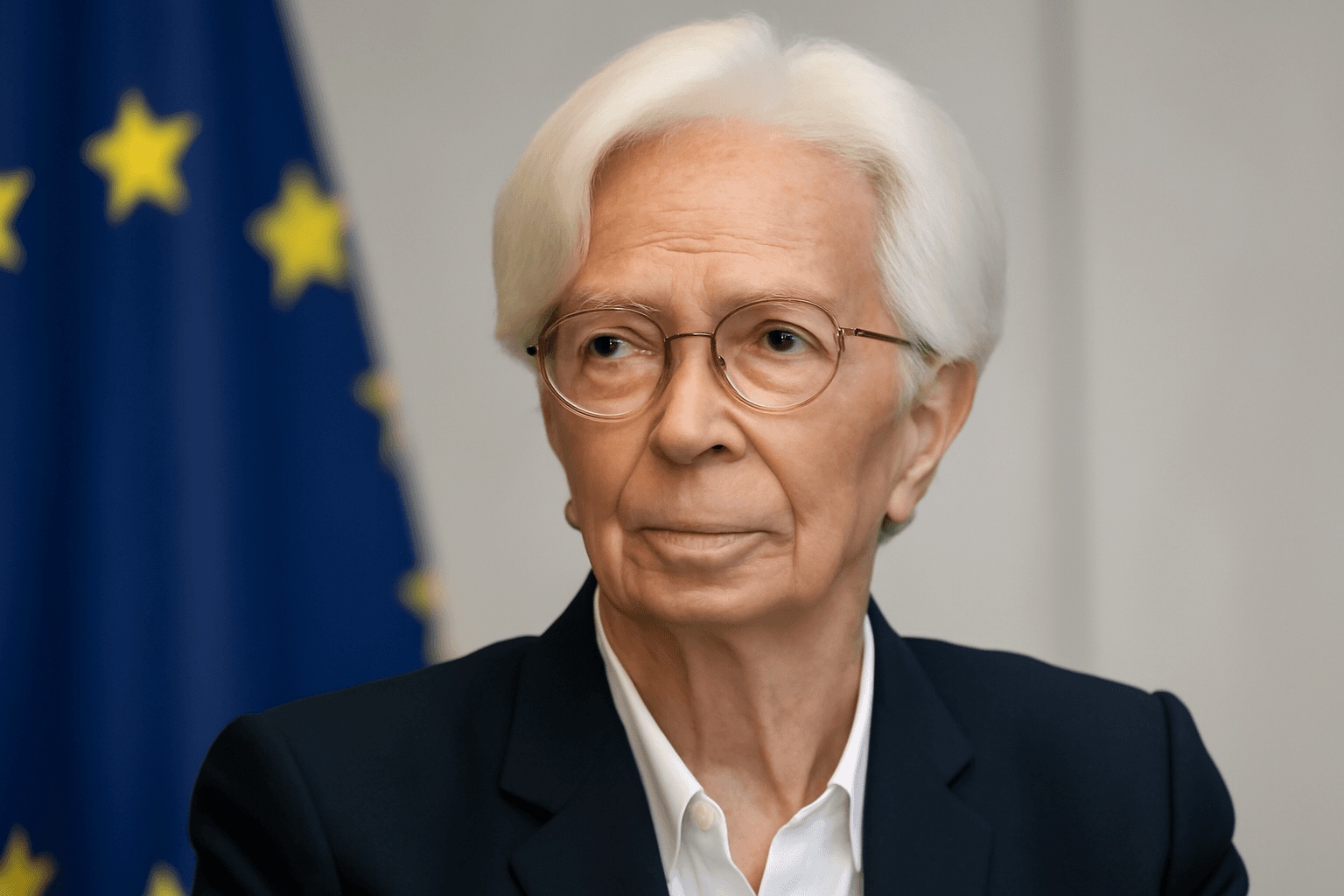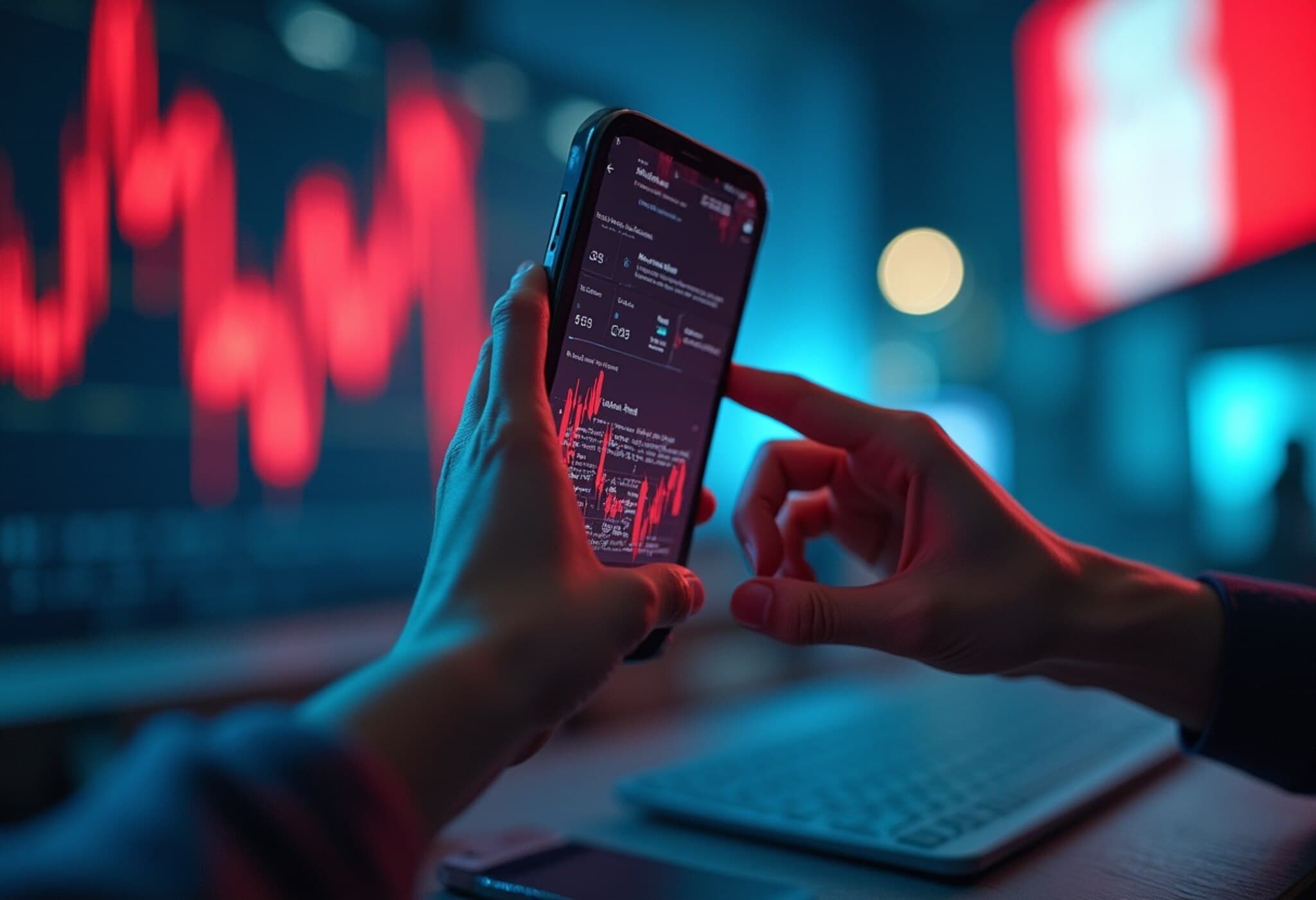European Stock Exchanges Eye 24-Hour Trading Amid U.S. Retail Surge
As retail investors in the United States take advantage of extended and even round-the-clock stock trading, European exchanges are now contemplating a similar shift. The aim? To invigorate retail participation on the continent, where engagement remains significantly muted compared to the U.S. market.
The U.S. Model Influencing Europe’s Market Hours
Alex Dalley, head of European cash equities at Cboe Europe—Europe's largest stock exchange operator—recently shared with CNBC that the firm is "closely monitoring" the growing appetite for extended trading hours in the U.S. This comes as their U.S. parent company, Cboe Global Markets, announced plans earlier in 2025 to facilitate 24-hour trading on its EDGX Equities Exchange.
In a bid to entice European retail investors, Cboe also launched a new trading service that reduced charges across 18 European markets, lowering barriers for those looking to engage more actively in cash equity markets.
Exploring the Technological and Regulatory Challenges
Meanwhile, the London Stock Exchange Group (LSEG) has reportedly been examining the technological and regulatory implications of longer trading hours. While LSEG declined to comment, this move signals a growing interest in aligning more closely with global market trends.
Varied Perspectives Across European Exchanges
- SIX Group in Switzerland is evaluating expanded hours, particularly for structured products such as ETFs and derivatives, as retail investors show keen interest in U.S. securities.
- Euronext, overseeing exchanges in Paris, Amsterdam, Brussels, Milan, Lisbon, Dublin, and Oslo, reports no current client demand for longer trading sessions and stresses a lack of industry consensus.
- Deutsche Börse maintains extended hours for certain products but sees no pressing need to lengthen them further for now.
Retail Investors: At the Heart of the Discussion
From the perspective of market participants, the push for extended hours is largely driven by retail investors. Matt Britzman, senior equity analyst at Hargreaves Lansdown, acknowledges the boldness of London Stock Exchange's move towards 24-hour trading but cautions that it may not significantly enhance the appeal for companies choosing where to list.
“This initiative mainly serves retail investors who trade through smartphones rather than institutional giants powering large liquidity pools,” Britzman told CNBC. “While it's a plus for retail involvement, it won't drastically alter UK versus U.S. market attractiveness for listed companies.”
He also flagged potential risks inherent in extended hours. Lower liquidity during off-peak times can lead to sharper and more volatile price swings – a perilous environment for uninformed investors who may face unexpected margin calls.
Tech Platforms and Crypto's Role in Changing Market Dynamics
Platforms like Robinhood have catalyzed overnight market activity in the U.S., challenging traditional market open and close dynamics. Robinhood CEO Vlad Tenev highlighted crypto as a trailblazer that normalized continuous trading, saying,
“Customers love it. Trading on Sundays before market opens is a game-changer. Not providing 24-hour markets could soon be seen as a disadvantage.”
Meanwhile, major U.S. exchanges like the NYSE and Nasdaq have proposed significantly longer trading hours—up to 22 and 24 hours respectively—reflecting a paradigm shift in how markets operate.
Europe’s Challenges in Boosting Retail Investment
Despite these efforts, Europe faces an uphill battle. Data from Aberdeen reveals that British investors allocate only 8% of their wealth to equities—lowest among G7 nations—compared to 33% in the U.S. across stocks and mutual funds. This low participation raises questions about cultural attitudes toward risk, financial literacy, and the accessibility of equity markets.
Dalley of Cboe Europe underlined that although Europe’s current trading hours are longer than in other regions, any extension would depend heavily on the demands and feedback from global retail investors.
Looking Ahead: Will European Exchanges Embrace the 24-Hour Model?
The conversation about extended trading hours isn’t just a technical or logistical debate—it reflects deeper shifts in how markets interact with everyday investors. As retail investors worldwide become more sophisticated and digitally connected, European exchanges must decide whether to stay tethered to traditional schedules or embrace continuous market access to remain competitive.
Critical Questions to Consider
- Will longer trading hours meaningfully increase retail investor participation in European equities, or will it merely shift trading activity to U.S.-based assets?
- How can exchanges manage the volatility risks associated with extended hours while protecting less experienced investors?
- What regulatory adaptations would be necessary to support a smoother transition to 24-hour trading environments?
- Could increased retail involvement translate into more vibrant capital markets, fostering economic growth and new business opportunities?
Ultimately, the decision to extend trading hours involves balancing innovation with investor protection, market integrity, and operational feasibility—a complex but vital task for Europe's financial ecosystem.
Editor's Note:
As European stock exchanges weigh the merits and challenges of 24-hour trading, the core issue extends beyond technology — it touches on investor culture, regulatory frameworks, and market sustainability. While U.S. markets surge ahead with after-hours activity driven by retail enthusiasm, Europe’s cautious pace reflects nuanced risks and layered complexities. This evolving debate underscores a broader question for global finance: How can markets innovate inclusively without compromising trust and stability?












